We were lucky to catch up with Christie Jones recently and have shared our conversation below.
Christie, thanks for taking the time to share your stories with us today Let’s kick things off with your mission – what is it and what’s the story behind why it’s your mission?
My mission as an artist is to inspire climate consciousness and environmental stewardship. I was living in California several years ago and I began researching non-toxic materials and started making my own paints from earth and mineral pigments. Then the pandemic hit and soon after California experienced one of the worst wildfire seasons in history.
That experience of disconnection and first hand climate disasters made we realize I wanted to be surrounded by my community. I returned to my hometown in Long Island, NY. I began recycling oyster shells from local restaurants, using them both in my artwork and to support reef restoration. I now create watercolor kits that are packaged in recycled shells and help plant new oysters, a keystone species vital for water filtration and shoreline protection.
In addition to painting, I create sculptures that highlight the impact of climate change on our coastlines. These works often incorporate recycled materials or are made from ceramics that reference coral bleaching, sea level rise, and marine biodiversity loss. Through art, workshops, and exhibitions, I aim to connect people emotionally and physically to the environment, showing that beauty and responsibility can and must coexist.


As always, we appreciate you sharing your insights and we’ve got a few more questions for you, but before we get to all of that can you take a minute to introduce yourself and give our readers some of your back background and context?
I began my creative journey as a calligrapher, which sparked a deep appreciation for handmade materials and slow, intentional processes. That path led me to painting with natural pigments, and eventually to becoming a multidisciplinary artist working in watercolor, sculpture, and ceramics. Today, my practice is rooted in environmental awareness and community connection, using sustainable materials like recycled oyster shells and earth pigments to explore climate change and coastal resilience.
Recently, I was awarded top ceramics in the juried student show at Suffolk County Community College, where I just graduated. I’ll be continuing my education at Stony Brook University, majoring in Studio Art with a focus on sculpture and ceramics. I previously received a grant from The Nature Conservancy and the Andy Warhol Foundation for the Visual Arts, and I’m excited to begin an upcoming residency with The Caumsett Foundation that will allow me to expand my practice, develop new work, and engage more deeply with environmental themes through art and education.
As a multidisciplinary artist, I move fluidly between mediums; each one offering a new way to communicate urgency, wonder, and care for the environment. Whether I’m making sustainable watercolor kits, large-scale abstract paintings, or ceramic sculptures that reference coral bleaching and marine ecosystems, my goal is to create work that invites connection, sparks dialogue, and empowers others to see art as a tool for climate action.

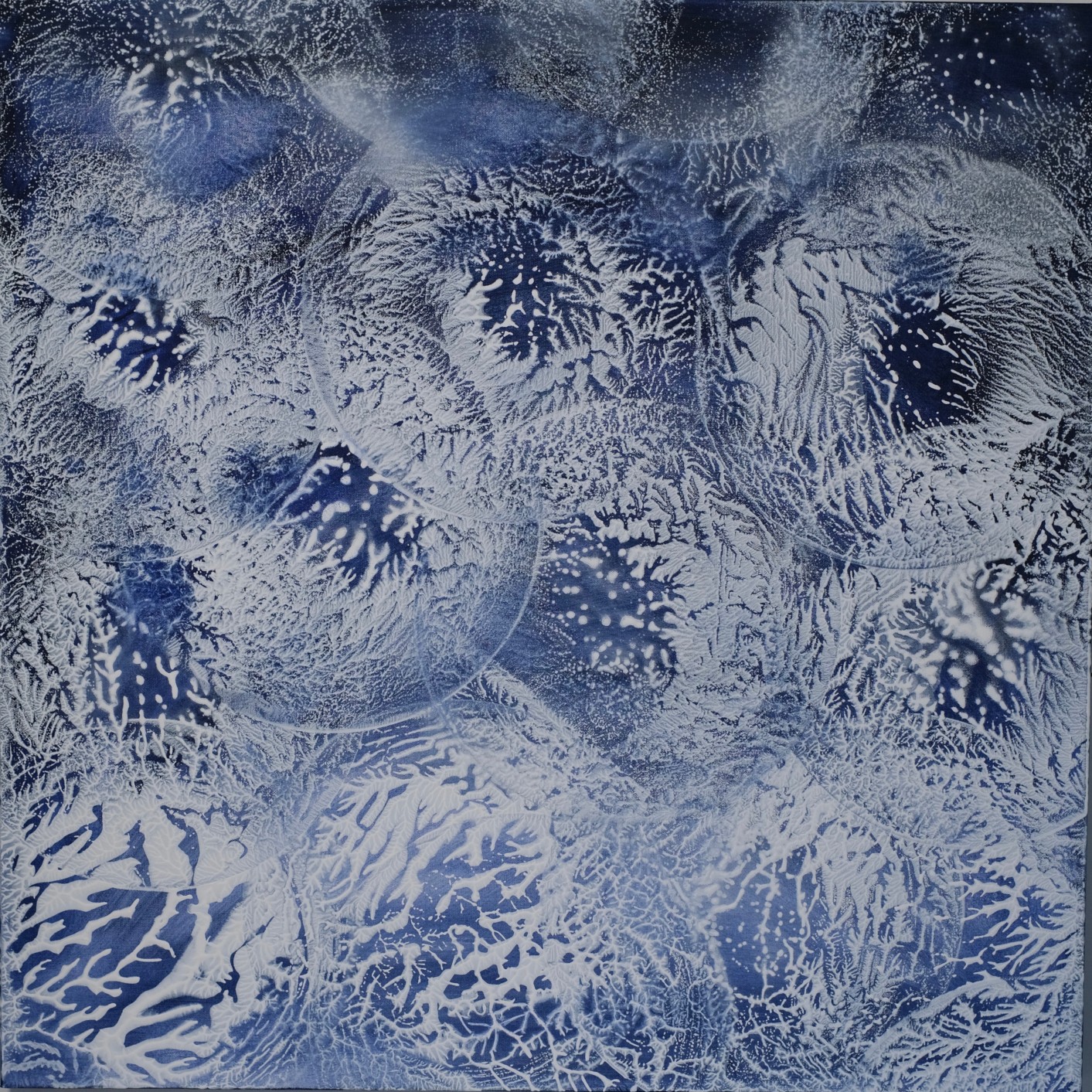
What’s the most rewarding aspect of being a creative in your experience?
The most rewarding aspect of being an artist is the ability to transform personal values into tangible, meaningful work that sparks connection. Art allows me to translate complex issues like climate change into something people can see, touch, and feel, whether it’s a painting, a sculpture, or a handmade watercolor kit. When someone shares that my work changed how they see the world, or inspired them to make more sustainable choices, that is incredibly fulfilling.
It is also deeply rewarding to teach others, whether through workshops or conversations during exhibitions. Seeing someone light up as they learn how to paint and connect with their own creativity reminds me why I do this work. It is not just about making art; it is about building a sense of community, care, and environmental awareness through creative expression.
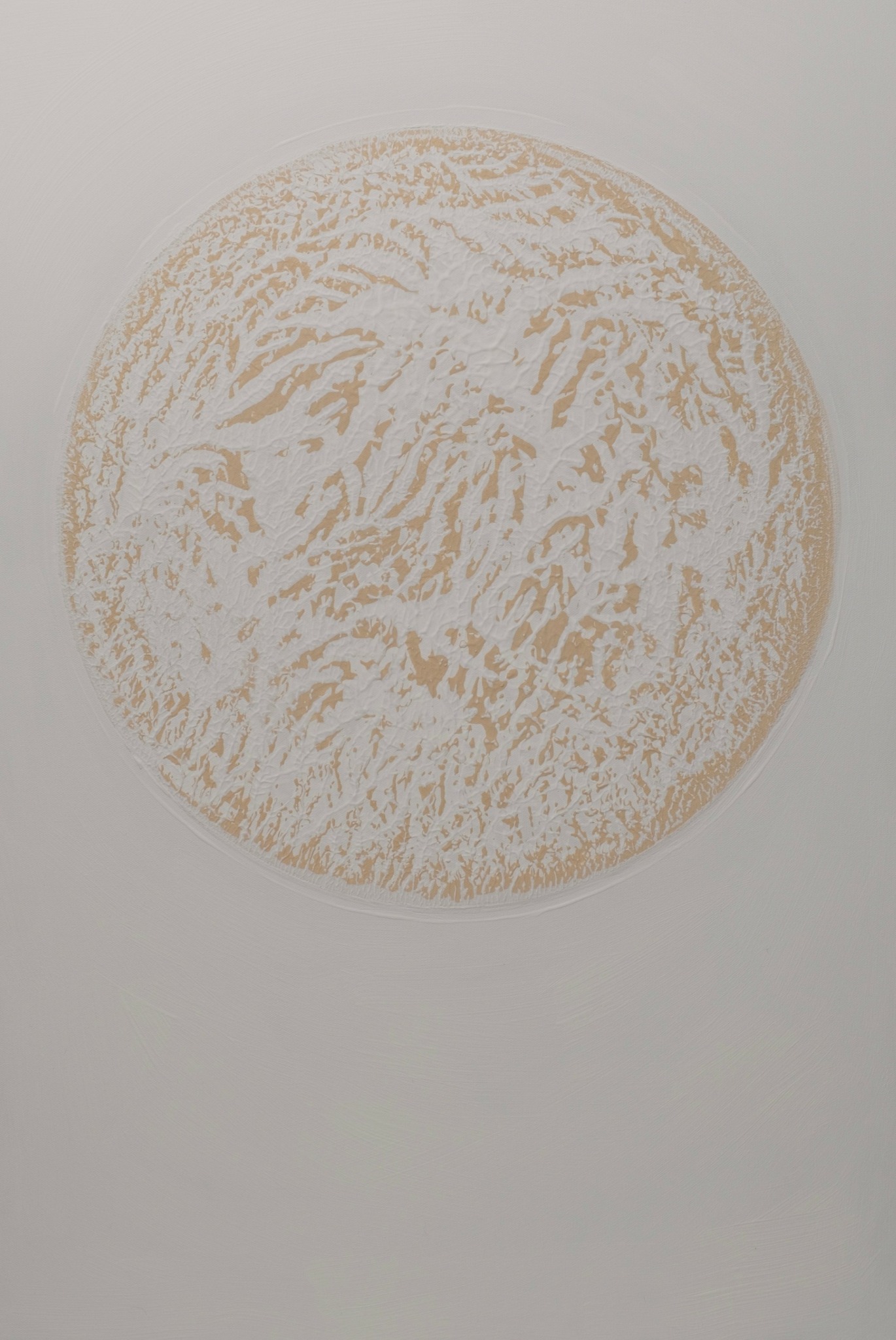
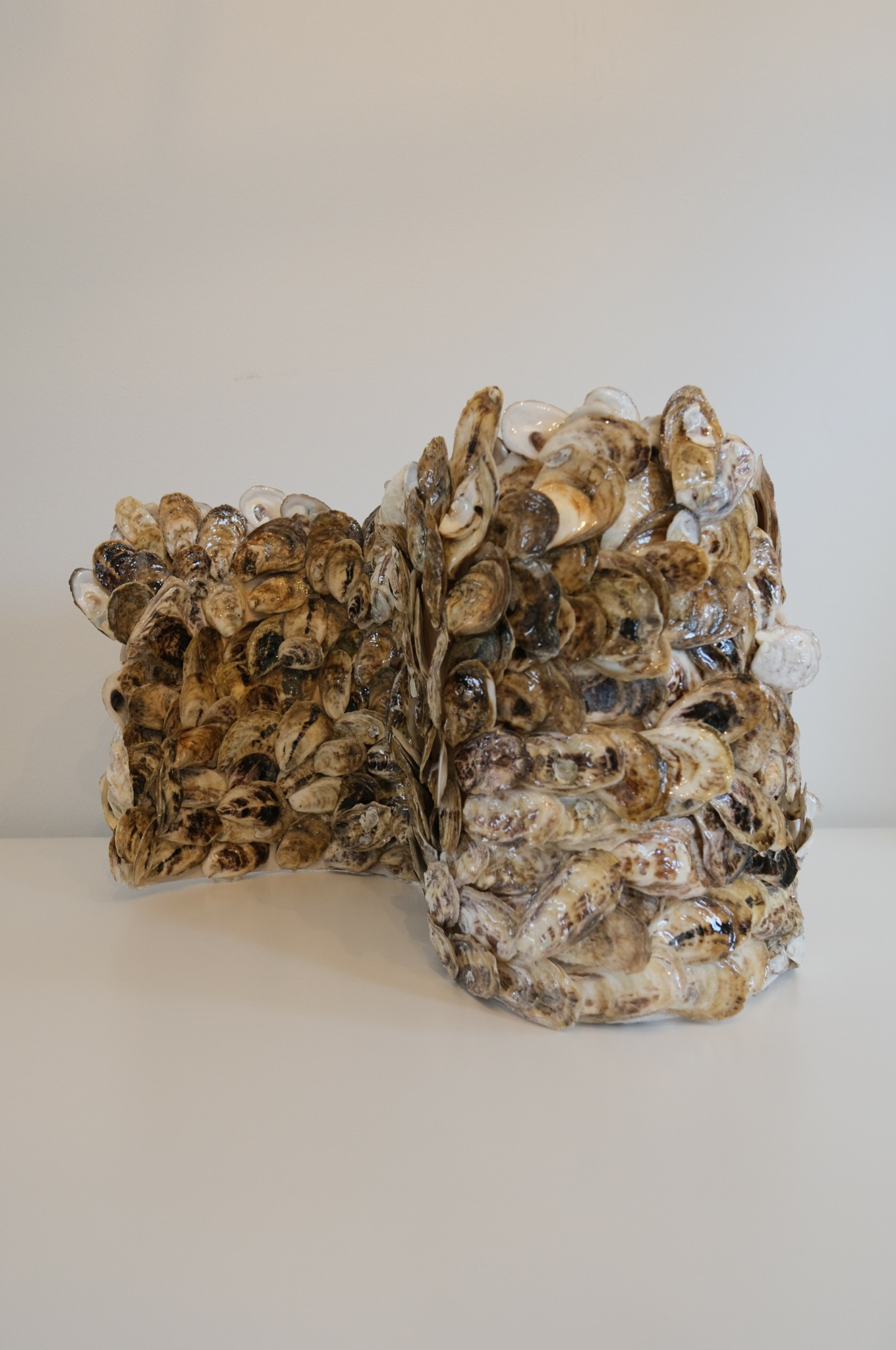
Can you tell us about a time you’ve had to pivot?
One of the biggest pivots in my life was deciding to return to college as an adult after running my own creative business for over a decade. It wasn’t an easy decision, but I wanted to deepen my skills, challenge myself, and open new opportunities in both my art practice and teaching. Going back to school in my thirties felt daunting at first, but it quickly became one of the most fulfilling experiences of my life.
Being surrounded by a younger generation of artists has been incredibly energizing. Their perspectives keep me current, and our shared creativity creates a dynamic, inspiring place. It’s a space where I can both learn and contribute—where my life experience adds value, and their fresh ideas push me to grow. This pivot has not only expanded my technical skills but has reminded me that growth doesn’t have an age limit.
Contact Info:
- Website: https://www.christiejonesstudio.com/
- Instagram: https://www.instagram.com/christiejonesstudio
- Facebook: @christiejonesstudio

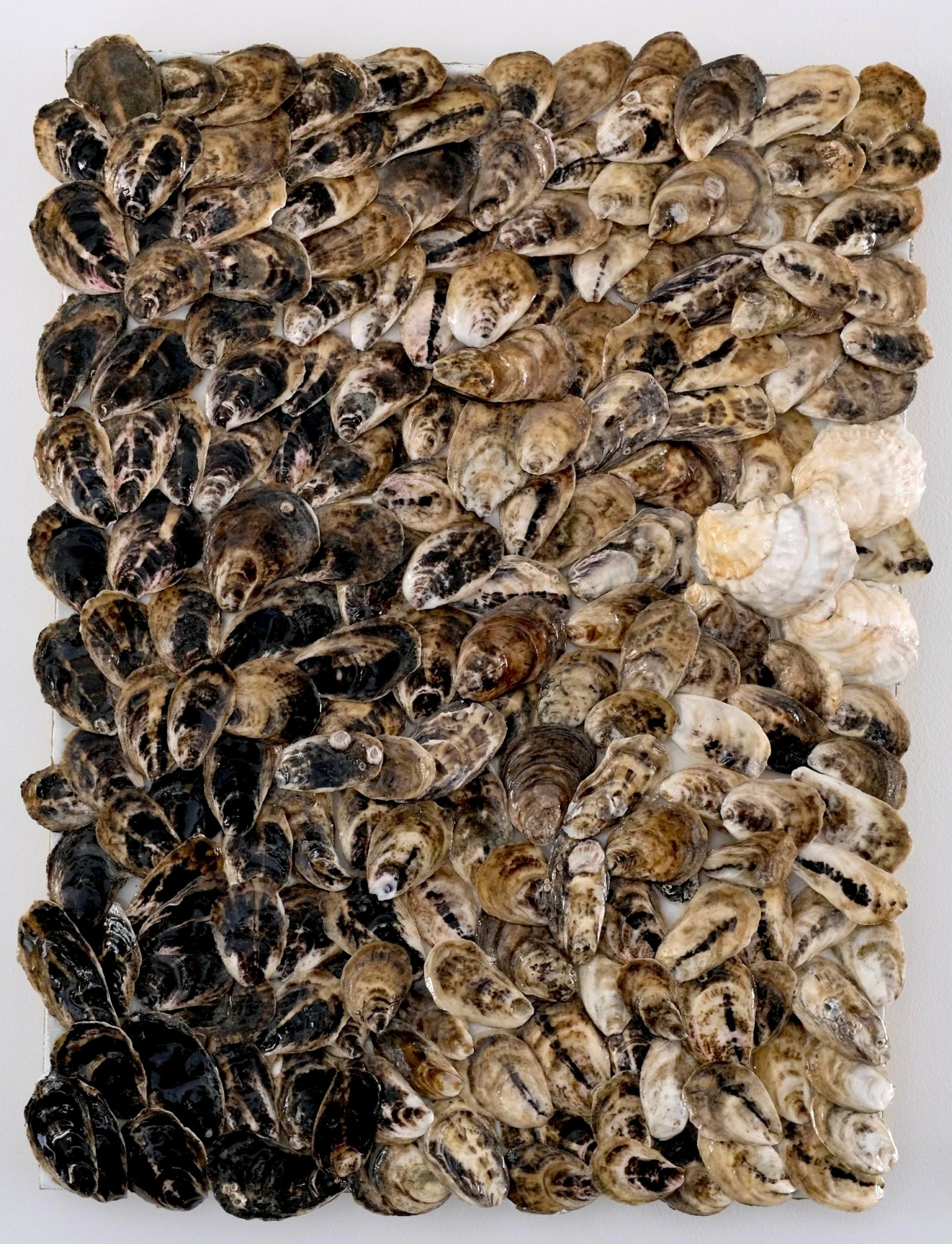
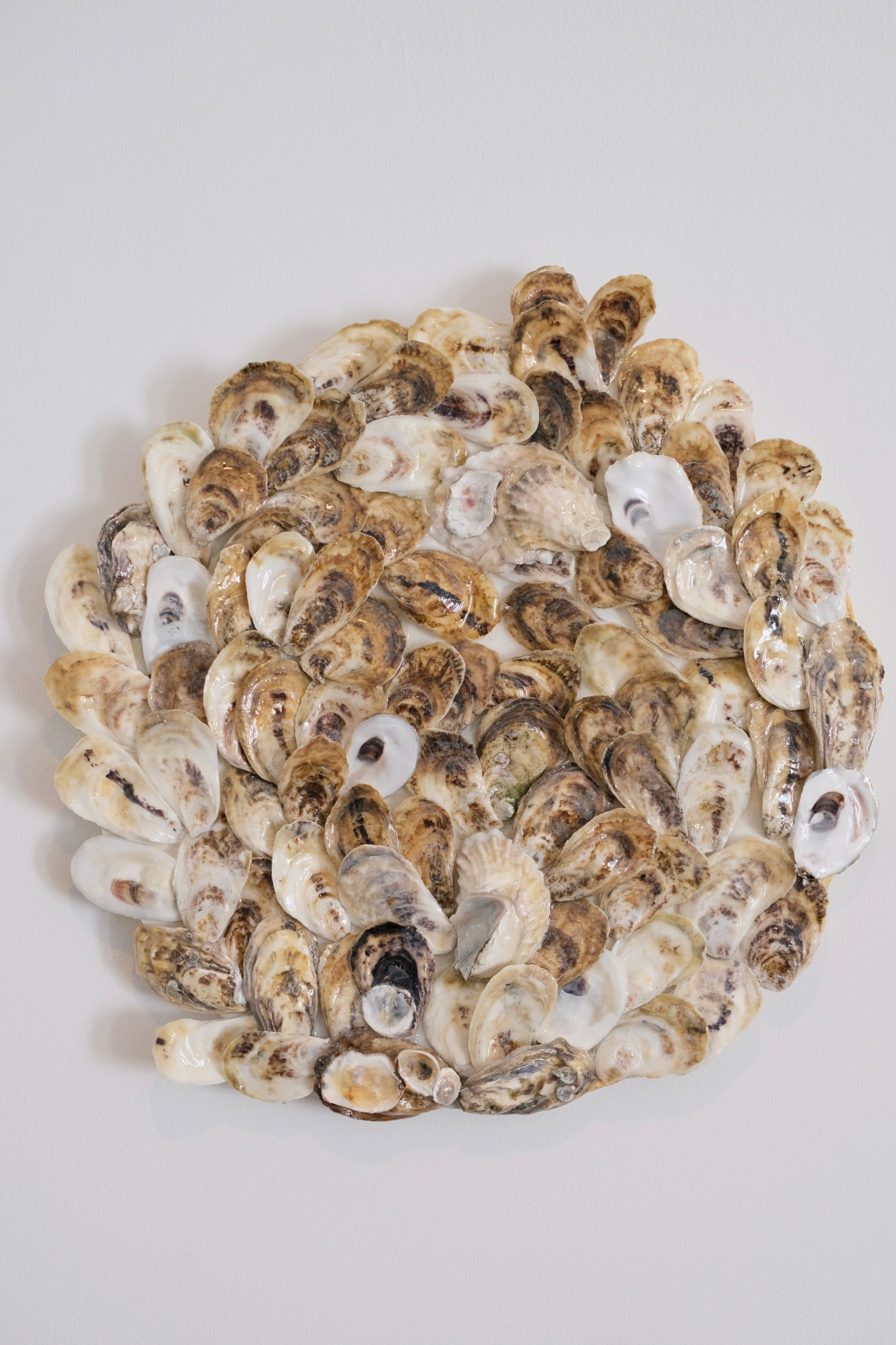

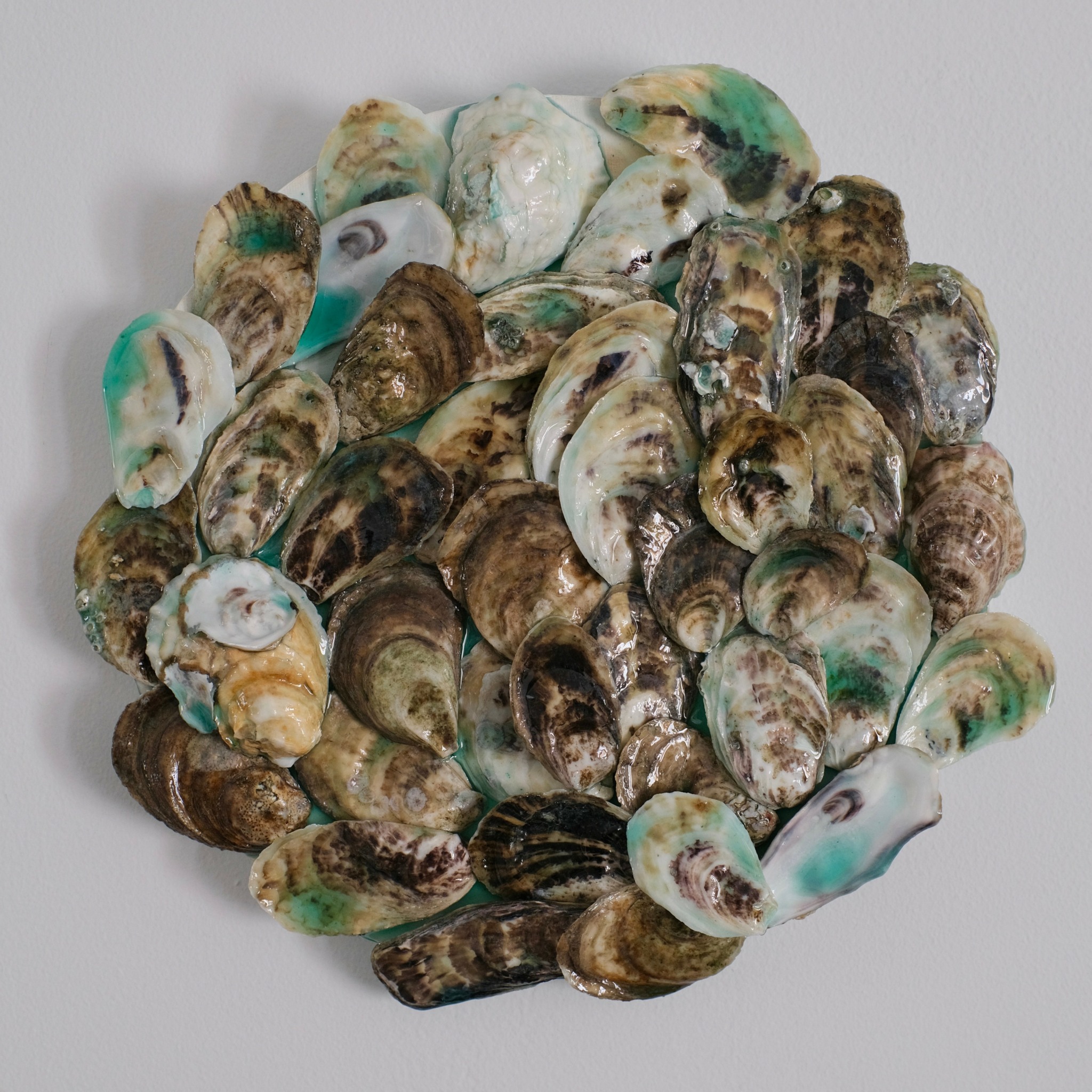

Image Credits
IAN & CHRISTIE JONES


